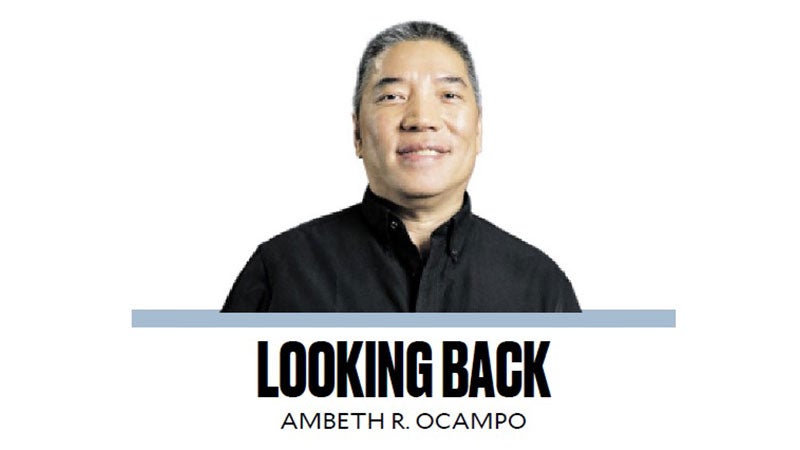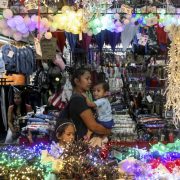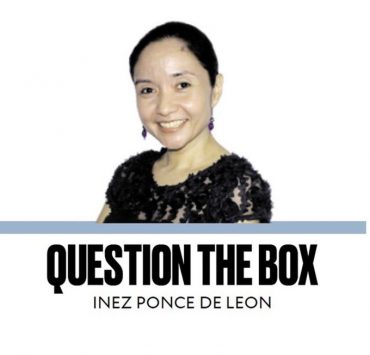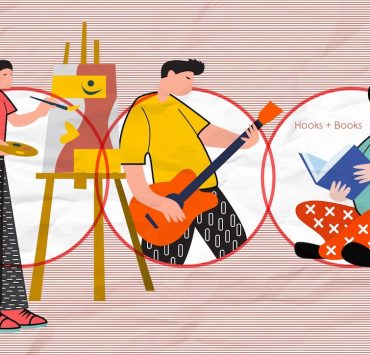From indigenization to ‘indio-genius’

Every time I am in Cebu, I visit the Basilica Minore del Santo Niño to visit two of the three oldest Christian relics in the Philippines.
While the star of the show is the Santo Niño, enshrined in a side chapel to the left of the main altar, I make time to visit the often ignored wooden bust of Christ, known as the “Ecce Homo,” enshrined in a side chapel to the right of the main altar.
While people know the story and origin of the Santo Niño being presented to Humabon’s wife, Juana, as a baptismal present in 1521. It is not well known that Juana declined two other images offered: an image of the Virgin and an image of Jesus Christ. The wood image of the Virgin is said to be the one venerated in Guadalupe Church today.
Unless you visit the Santo Niño very early in the morning or at off-peak hours, you will have to line up to see it up close. The line may be long, but like Edsa, it is always moving.
Looking at the image behind glass like a museum artifact, I am distracted by the ornate silver base it rests on, trying to date if this was made in the 17th or 18th centuries. I have always wondered what the naked image would look like, under the crown and elaborate vestments that would be too heavy, not to say uncomfortable, for a playful toddler the age of the Santo Niño.
I wonder why the face of the Santo Niño is not white with rosy cheeks that would point to the 16th-century Flanders workshop where it was made. Preserved in the Louvre in Paris is a cousin of the Santo Niño, an unadorned wooden image from the Mechelen or Malines workshop in Belgium.
If you look at various photographs of the Santo Niño de Cebu over the last century, there are two that stand out: in prewar postcards, the Santo Niño is black, but in a studio photograph taken in the 1960s, the Santo Niño seemed to have had an overdose of skin whitener because it is fair.
Today, it is just right with a brown or “kayumanggi” skin tone that makes him relatable to the average Filipino.
While I regard the Santo Niño with reverence as a religious and devotional image, I also appreciate it as a collector of Santos or Philippine religious imagery, noting how this image in Cebu has multiplied and mutated over the centuries into folk forms with bright basic colors to all the forms, shapes, and sizes available for every budget in religious stores.
In the shop by the Basilica Minore, you can find the Santo Niño on stickers, t-shirts, hankies, and refrigerator magnets. There are versions in resin, metal, glow-in-the dark, and/or heavy Philippine hardwood. If you have a Santo Niño image at home, you can buy crowns and beaded embroidered vestments and capes from the Cebu shop.
I was disappointed though that the shop did not carry the Santo Niño in other variations as they do in religious shops in Manila because the Santo Niño is made in our image and likeness. It is tangible proof of inculturation or indigenization, demonstrating how Filipinos have taken on something foreign or imported and made it distinctly our own. Like Filipino English and Filipino spaghetti, the Santo Niño in the Philippines is different from its cousins in Europe.
Every year in January, there is a grand Santo Niño festival in Manila where you can see one Santo Niño depicted into many forms.
There are a few in barong Tagalog, others are as a chef, doctor, nurse, dentist, baker, tailor, street sweeper, etc. Every conceivable profession can be represented by a Santo Niño in a particular uniform, from scrub suit to NBI agent. Santo Niño can be a cigarette vendor, an informal settler, perhaps even a call center agent, insurance salesman, or overseas Filipino worker.
My all-time favorite is the Santo Niño de Jollibee which should be holding a plate of Chickenjoy and sweet spaghetti rather than a burger.
If you visit the sidewalk vendors around Quiapo church, you will find pocket-size images of the Santo Niño in brass as an “anting-anting” or amulet that promises fertility, prosperity, or general good luck. This Santo Niño in the raw is depicted naked and with an erect penis. All these are examples of how Filipinos have taken on the foreign and made it our own. National Artist Kidlat Tahimik calls the process “indio-genized” and the product an expression of “indio-genius.”
If I have the time on this trip, I will visit the Mactan shrine traditionally believed to be the site of the 1521 battle where Ferdinand Magellan was defeated and killed by forces under the command of Lapulapu. It is here that we see two shrines, two viewpoints. There used to be a Magellan monument in coral stone erected by the Spanish in 1866, that was heavily damaged by Typhoon “Odette” in 2021.
The Magellan monument celebrates the first circumnavigation of the globe, and the introduction of Christianity and Spanish colonization. While the monument to Lapulapu underscores the anti-colonial struggle and the emergence of the Filipino nation.
Since the new education secretary has been instructed to improve on the teaching and learning of Philippine history, it is time to bring out different versions and interpretations of the past to define the Filipino point of view.
Ambeth is a Public Historian whose research covers 19th century Philippines: its art, culture, and the people who figure in the birth of the nation. Professor and former Chair, Department of History, Ateneo de Manila University, he writes a widely-read editorial page column for the Philippine Daily Inquirer, and has published over 30 books—the most recent being: Martial Law: Looking Back 15 (Anvil, 2021) and Yaman: History and Heritage in Philippine Money (Bangko Sentral ng Pilipinas, 2021).


















